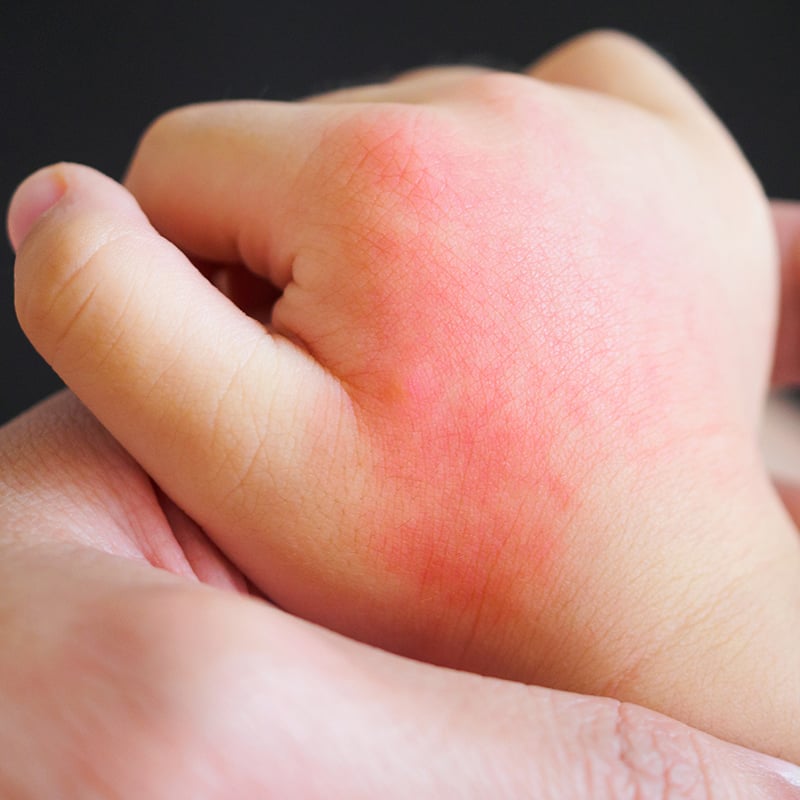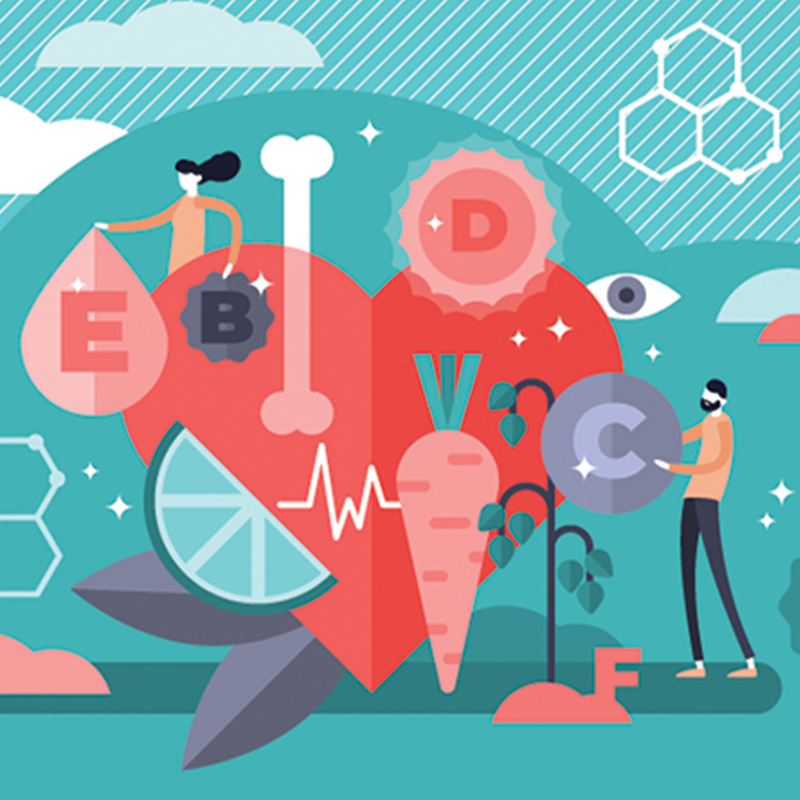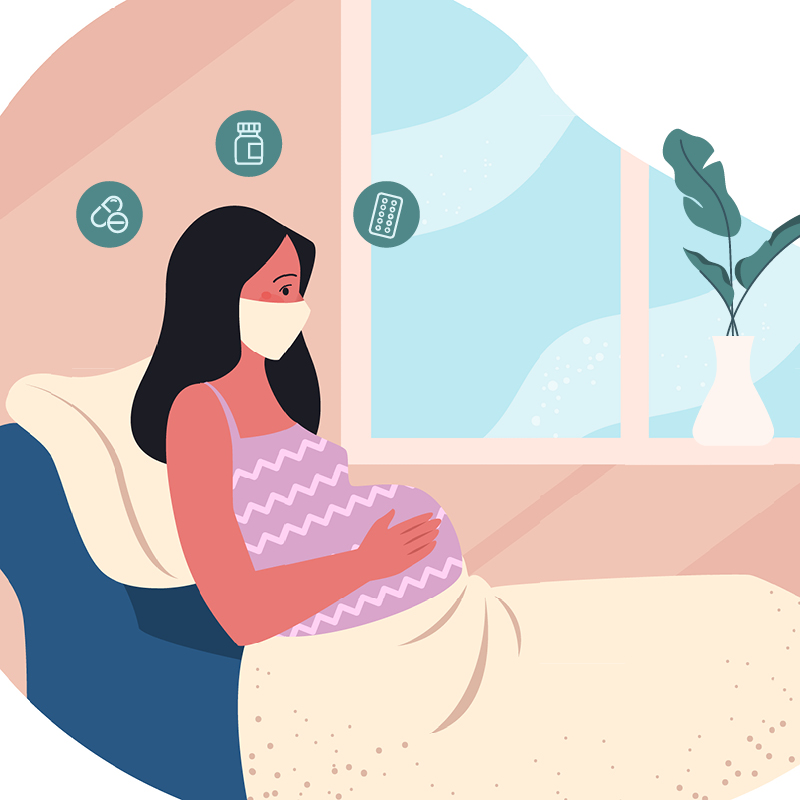Most young children seem to have boundless energy. They are running, jumping, yelling, playing, and being – well – kids. They are sometimes easily distracted and may seem oblivious to instructions.
There are some children, however, who consistently have trouble controlling that energy or persistently struggle to focus and follow direction. If a child displays these behaviors more often than typical children their age, it might be a sign of Attention Deficit Hyperactivity Disorder (ADHD).
In this article, we share how to recognize it, and what to do to help manage the symptoms.
What is ADHD?
ADHD is short for Attention Deficit Hyperactivity Disorder, a common developmental disorder that affects a child’s behavior, attention span, and learning. It affects about 9.4 percent of U.S. children ages 2-17, according to national data.
ADHD is characterized by a combination of behaviors that impact function both at home and in social settings such as school, playgrounds, birthday parties or sports.
As the name suggests, ADHD symptoms generally fall under one of two categories: Attention deficit (difficulty focusing) or Hyperactivity (overly active) and impulsiveness (acting or speaking before thinking).
Most children with ADHD exhibit behaviors linked to both categories in a manner excessive for their age or development. However, some primarily struggle with behaviors in one category and not the other. A child’s symptoms can also evolve with age.
Attention deficit behaviors
- Difficulty controlling or maintaining focus
- Difficulty following directions, especially multi-step instructions
- Forgetfulness
- Disorganized
- Avoiding tasks that require sustained attention
- Mindless errors
- Frequently misplacing items of importance
- Hyperfocus on extremely stimulating activities like video games
Because they are less attentive, their brain may not register the importance of things unless they are significantly highlighted. Instructions tend to go in one ear and out the other. What may appear as willful disobedience or laziness, may actually be a lack of ability to adequately focus.
Hyperactive and impulsive behaviors
- Difficulty sitting still
- Fidgeting
- Acting or speaking without thinking
- Blurting out in class
- Interrupting others
- Difficulty being quiet
- Difficulty waiting their turn
- Excessive risk-taking behavior
- Difficulty sleeping
They might be called the ‘Energizer Bunny’ or described as ‘bouncing off the walls’ and are often full of typical childhood bumps and bruises. If something can be climbed, it will be. While the rest of the soccer team is listening to the coach explain the next activity, they may be doing cartwheels and handstands or climbing the nearest tree.
Early signs of ADHD
For the diagnosis of ADHD, symptoms should be present by the age of 12 years. However, for most children, the signs of ADHD become apparent well before that.
Symptoms are most often recognized when children start going to school and participating in social activities around the ages of 4-6. ADHD behaviors may be present for years before expectations placed on the child bring them to light. For other children with severe symptoms, future ADHD diagnosis may be suspected even as a toddler.
To diagnose ADHD, the symptoms should also be present across multiple settings – both in and outside of the home.
It is important to consider a child’s behavior at home, school, and social activities.
At home, for example, a child may have trouble completing tasks with multi-step directions. Morning and nighttime routines may be difficult to maintain. Family board games or card games can be a challenge to get through. Seemingly simple requests may appear to require excessive repetition or reminders to stay on task even when a child is truly trying to comply. Homework can be difficult to get them to start and near impossible for them to sit and focus through completion. These types of things can certainly happen to any child from time to time, but for kids with ADHD, it tends to be frequent and excessive.
A parent may ask their child four times to go to their room to get socks, and they may have intended to actually do it each time, but somehow still managed to come back with bare feet. The child may have fully intended to get the garbage from their room and the bathroom, put it in the can in the garage and then bring the can out to the street as you asked, but a parent would be lucky to see them to get halfway through those instructions before getting distracted and off-task.
At school, a child may have difficulty staying in their seat or sitting with the other children calmly on the rug during reading time. They may be unable to control their reactions to questions and blurt out an answer instead of raising their hand and waiting their turn. They tend to make careless errors and struggle to organize their school work or supplies. They may misplace things necessary for tasks or avoid tasks that require sustained attention altogether.
In social situations, a child may have trouble waiting their turn or following the rules of the game the other children are playing. They may talk excessively or interrupt others frequently. They may tend to overreact if they don’t get their way. Concerns about their behavior may lead to them being left out of play dates or parties.
Risk factors
One of the most predictive factors is family history. While there is not a known specific gene for ADHD, if a child’s family has a history of the disorder, there is a stronger probability of the child also having ADHD as well.
Beyond family history, there are several environmental exposures or risk factors that correlate with higher likelihood of subsequent ADHD diagnosis. The CDC lists these to include:
- Brain injury
- Exposure to environmental risks (e.g., lead) during pregnancy or at a young age
- Alcohol and tobacco use during pregnancy
- Premature delivery
- Low birth weight
Diagnosing ADHD
If a child has persistent ADHD symptoms that exist across multiple settings, they may meet the criteria for the diagnosis. The symptoms must also be beyond what one would expect for their age/development, and impede their functioning. Doctors will want input from the parent or guardian as well as at least one other adult who is involved in the child’s life, including teachers, coaches, school counselors, or other community leaders. Pediatricians will usually involve the child in the conversation as well, asking them about how they behave in certain situations and incorporating their thoughts and feelings into any decisions.
To aid in the diagnostic process, most clinicians will use a rating scale such as the commonly used Vanderbilt ADHD Diagnostic Rating Scale (VADRS). This is a tool that helps pediatricians assess if a child may have ADHD and also helps screen for other conditions that may alternatively be responsible for their symptoms, or co-exist with their ADHD. Other potential problems that may be considered include other behavioral problems, anxiety, depression, certain sleep disorders and other developmental delays. If a child’s school has not already done further evaluation for other suspected issues, it will often be requested.
In general, if you’re struggling with difficult behavior of any sort, it’s worth having a conversation with your pediatrician. The first step is identifying that there is a behavioral concern.
Managing symptoms
There are ways to help contend with some of the behaviors that children with ADHD tend to show. The choices depend on the child’s age, the comfort level of the parent or caregiver, the severity of the behavior(s) and how that behavior is affecting everyday life, and what the child may be able to handle.
Behavioral interventions
Visual reminders: Create checklists for your child’s morning and afternoon routines. Going over the list with them can help to give a concrete picture of what their schedule looks like. Get them involved in making their schedule or calendar by letting them choose an organizer or planner.
One step at a time: When it comes to giving your child instructions for a task, break it down into single steps. This will make it easier for them to focus on what is in front of them. Overall, making multiple short-term goals can help both of you accomplish a long-term goal.
Maintain eye contact: Keeping it short, asking them to repeat back for understanding
Let the energy out: Make sure your child has plenty of opportunities to express physical activity. Whether they play a sport, meet up with siblings or friends in your neighborhood, or bounce alone on a trampoline, having time to be active is helpful for children with ADHD.
Ask the teachers: Schools have been working with children with ADHD for years and may have access to resources and/or ideas that you may not have seen yet. Some of these may include special desks, fidget pop its, fidget spinners, or other sensory-assistance objects. Extended test times are available for students who may need extra time to focus.
Talk with someone: Setting aside some time for your child to speak with a therapist or counselor would be the next step. Therapists who engage in Cognitive Behavioral Therapy (CBT) or “talk therapy” are able to help parents and pediatricians in these circumstances.
Home remedies: Talk with your doctor before trying any of these. Sometimes home remedies, supplements, or dietary changes can be safe. Other times, they could hurt your child. They generally are less well regulated and less well studied. Some of these interventions may require major lifestyle adjustments or cost a lot of money without good evidence to support their helpfulness. If you are looking for an alternative to medicine, be careful that you do not end up with something ineffective and potentially harmful, because of marketing or social media trends.
Natural does not mean safe. Natural does not mean that you can’t have a bad reaction or allergic reaction. Natural definitely doesn’t mean it can’t interact with your other medicines.
Medicated interventions
For particularly young children (under the age of 6) with ADHD, treatment is focused on the behavioral interventions described above. However, children 6 years or older usually benefit greatly from medicinal interventions in addition to behavioral interventions. Some younger children with particularly severe ADHD may be treated with medication as well.
Doctors will help guide parents/guardians in regard to starting and adjusting medications, including a discussion of likely benefits vs. potential side effects and what to expect from the different medication options. They may recommend a trial of behavioral interventions first or going forward with medication right away depending on the situation, the age of the child, and what has already been tried.
Nobody wants a child on a medicine that is unnecessary. But parents also want to make sure they don’t wait too long in children who clearly need it. The longer these challenging behaviors go on without adequate intervention, the more a child may begin to develop a negative attitude toward school and toward themselves. Those types of issues can be harder to treat than the ADHD itself.
Several different medications can be prescribed by a pediatrician. Most are available in different forms, such as liquid, chewable, or capsules. The frequency and strength of a dose are adjusted according to the pediatrician’s guidance.
The first type of medication used for most children with ADHD is stimulants. These generally work well and are usually well tolerated. The most common potential side effect is decreased appetite. Other potential side effects include rebound effects as the medicine wears off, sleep issues, headaches, nausea, mood changes, or worsening of underlying tics. There are two families of stimulants:
- Ritalin (methylphenidate)-based medications
- Adderall (dextroamphetamine)-based medications
While it may take a few days to adjust, once you get to a good dose of stimulant medication, you generally see the benefits right away.
There are also non-stimulant medications for situations in which stimulants are not a good choice for a particular child, or if they develop side effects on their stimulant. Some of these can also be used in combination with stimulants. The most common non-stimulant medications include:
- Guanfacine
- Clonidine
- Strattera
The American Academy of Pediatrics outlines how these medications work.
As a parent or caregiver, it is important to remember that having ADHD does not make your child a good child or a bad child: it is part of them.
Some pediatricians like to describe ADHD to kids like their brain is more wired like a superhero’s – they were more so designed to be out running around fighting bad guys and web-slinging or flying from building to building. But even superheroes need to be able to control their superpowers and be able to function as their secret identity. Spiderman has to be able to be Peter Parker. It wouldn’t go very well for Peter if all of a sudden he was web-slinging all over his school classroom. We don’t want to change them or take away their superpowers, but we do want to help them control them.








